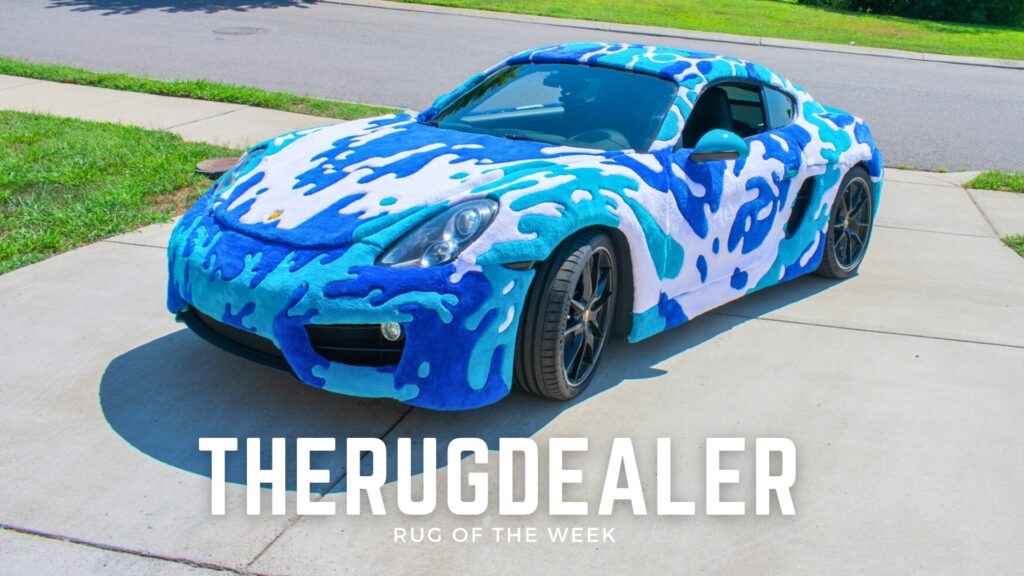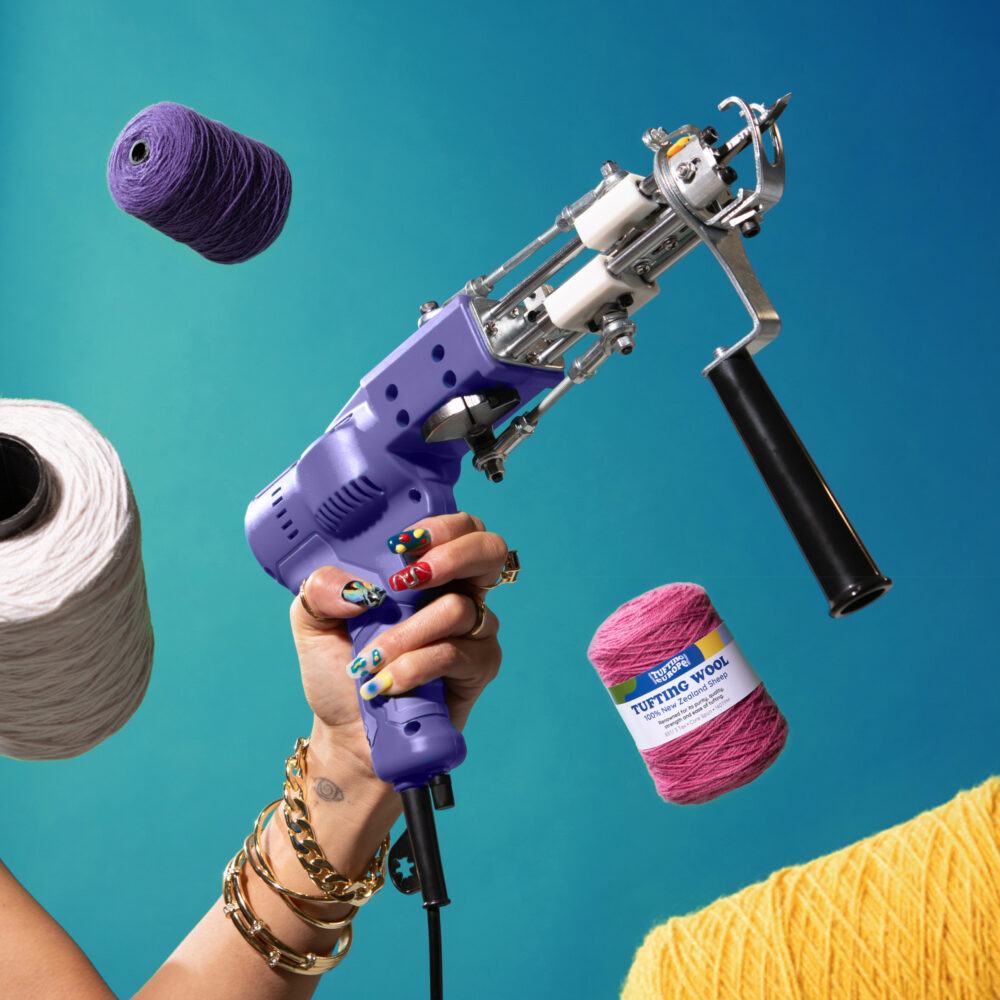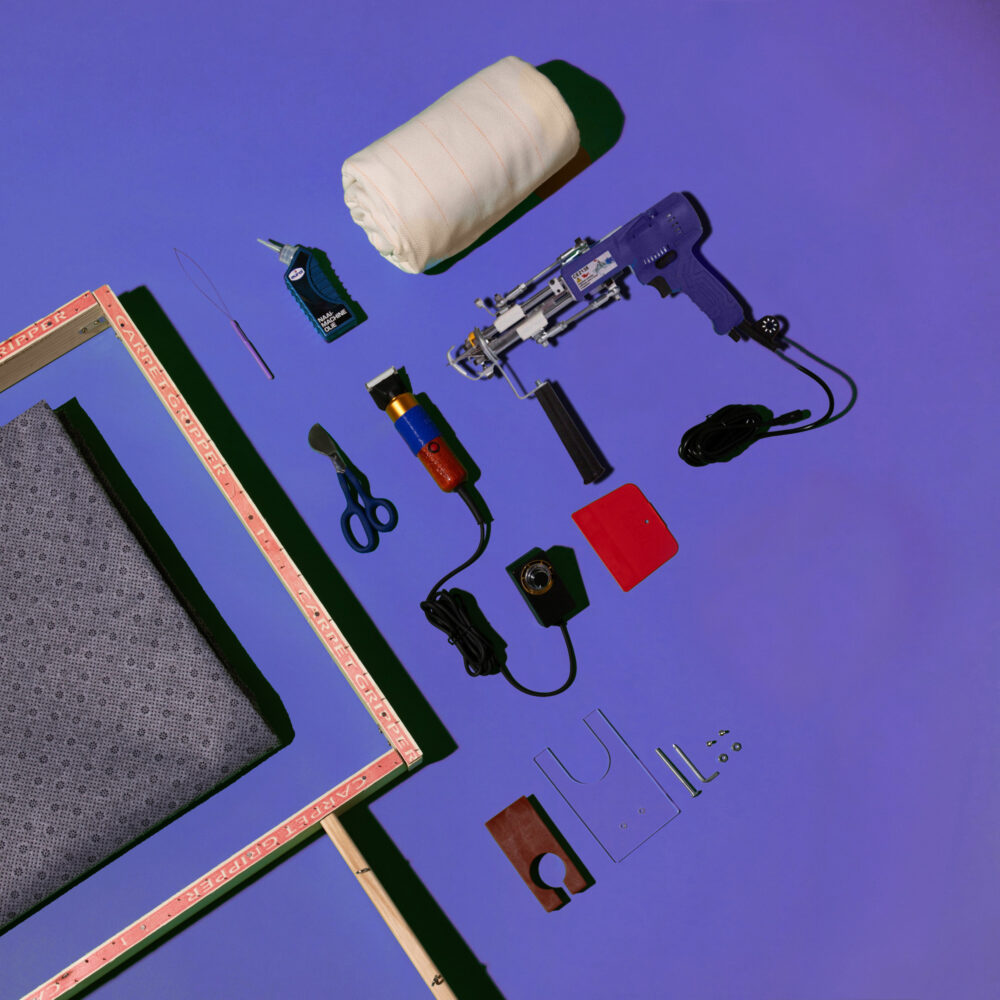Every once in a while, a project appears that completely changes what we think tufting can be. This week’s feature is one of those moments.
Meet Rachael, also known as TheRugDealer. She’s a 24-year-old artist from Nashville with a Fine Arts background and a love for experimenting with different creative mediums. Three years ago, she started a project that many people would never even consider possible: covering a Porsche Cayman 981 with tufted rug panels.
Yes, a tufted car. Not a rug of a Porsche, but an actual car wrapped in panels she tufted by hand.
It’s bold, unusual and incredibly impressive. But more than anything, it’s a story about sticking with an idea and seeing how far it can go.
Finding her place in tufting
Before tufting, Rachael spent time on painting, sculpture, murals, tattoos, special effects and props. She learned all kinds of skills without feeling tied to one path. That changed in 2020, right after finishing her Fine Arts degree, when she got a tufting gun as a gift and watched her first tufting video.
Tufting clicked right away. It felt calmer and more hands-on than painting. She loved the rhythm of it and the idea of building something from scratch. Soon she started seeing rugs as more than functional items. For her, they became creative materials that could be pushed much further.
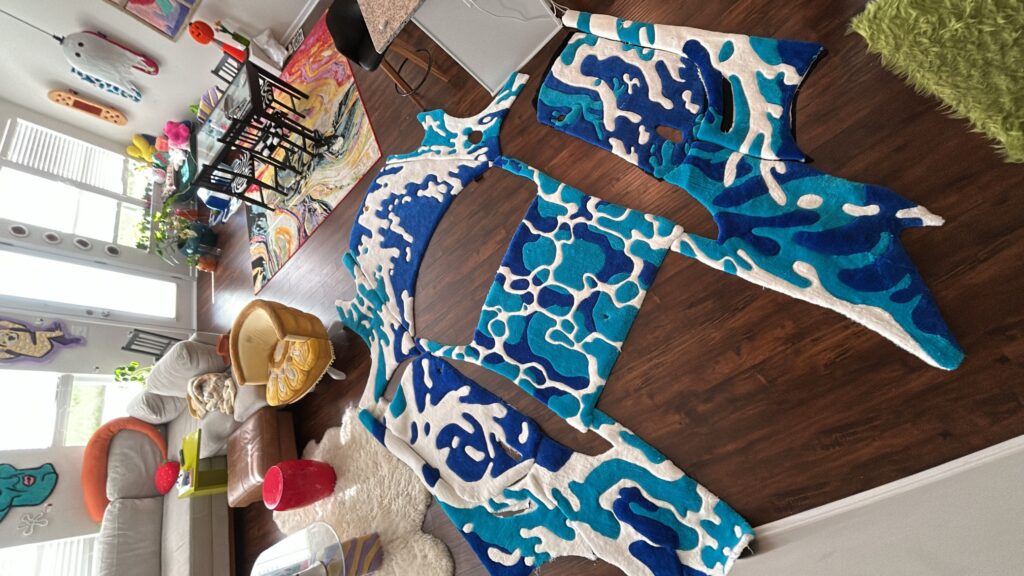
Going big: the Porsche project
Not long after making her first rugs, she had an idea that was much bigger than anything she had done before: creating custom rug panels that would fit an entire Porsche. It sounded complicated, but she didn’t hesitate.
There was one problem. She didn’t have the space. No garage, no room for a big tufting frame, nowhere to lay out even one car panel. So she moved to a new house just so she could build a workspace large enough for the project.
From there, it turned into a long journey that included:
• around 4,000 hours of work
• three years of dedication
• choosing the project over the safer career options
• running out of money more than once
• learning upholstery, sewing patterns, car modifications and construction techniques along the way
Throughout the process, she had to redo parts, learn new skills fast and pause the project whenever money got tight. The tufted Porsche became a symbol of determination as much as it became a creative piece.
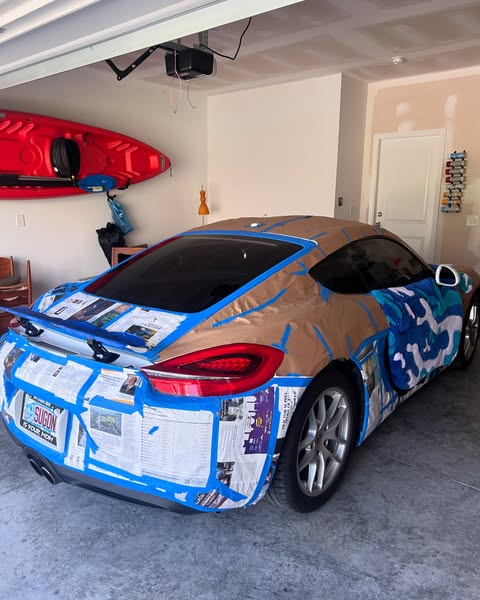
How Rachael made it work
To make the panels fit the Porsche perfectly, each one had to curve and lock into place without gaps. At first she wanted the rugs to fit any Cayman 981, which meant not changing her own car. But after completing about 80 percent, she realised it wasn’t possible to place it on the car firmly.
So she made changes to the car: she added magnets under the panels so the rugs could snap in place. She also used wire, elastic, 3D-printed parts, bra straps and even Flex Seal to solve different problems as they came up.
The clean final result hides a huge amount of trial, error and creativity. Her toolkit included:
• AK-1 tufting gun
• acrylic yarn
• tufting cloth
• carpet adhesive and hot glue
• wire
• Flex Seal
• magnets
• superglue
• needle and thread
• elastic and bra straps
• 3D-printed parts
It’s part tufting, part upholstery, part car building and part sculpture.

Based on what she learned, she would now use magnets that can handle higher temperatures and reinforce the edges more strongly. She also imagines a different method using fiberglass molds of each car panel, which would create solid bases for the rugs when they’re off the car.
This approach would be more sculptural and suitable for gallery or museum settings, and she hopes to try it one day if the right project comes along.
Rachael knows that not everyone will understand the full amount of effort behind this project: the hidden construction, the mistakes, the restarts, the moments of doubt. But that’s okay. People see it and react instantly. That’s the magic.
“Looks may be deceiving… but I love seeing people’s reactions and pushing tufting further than ever before.”
You can follow her work including the full tufted Porsche journey at @therugdealer.



